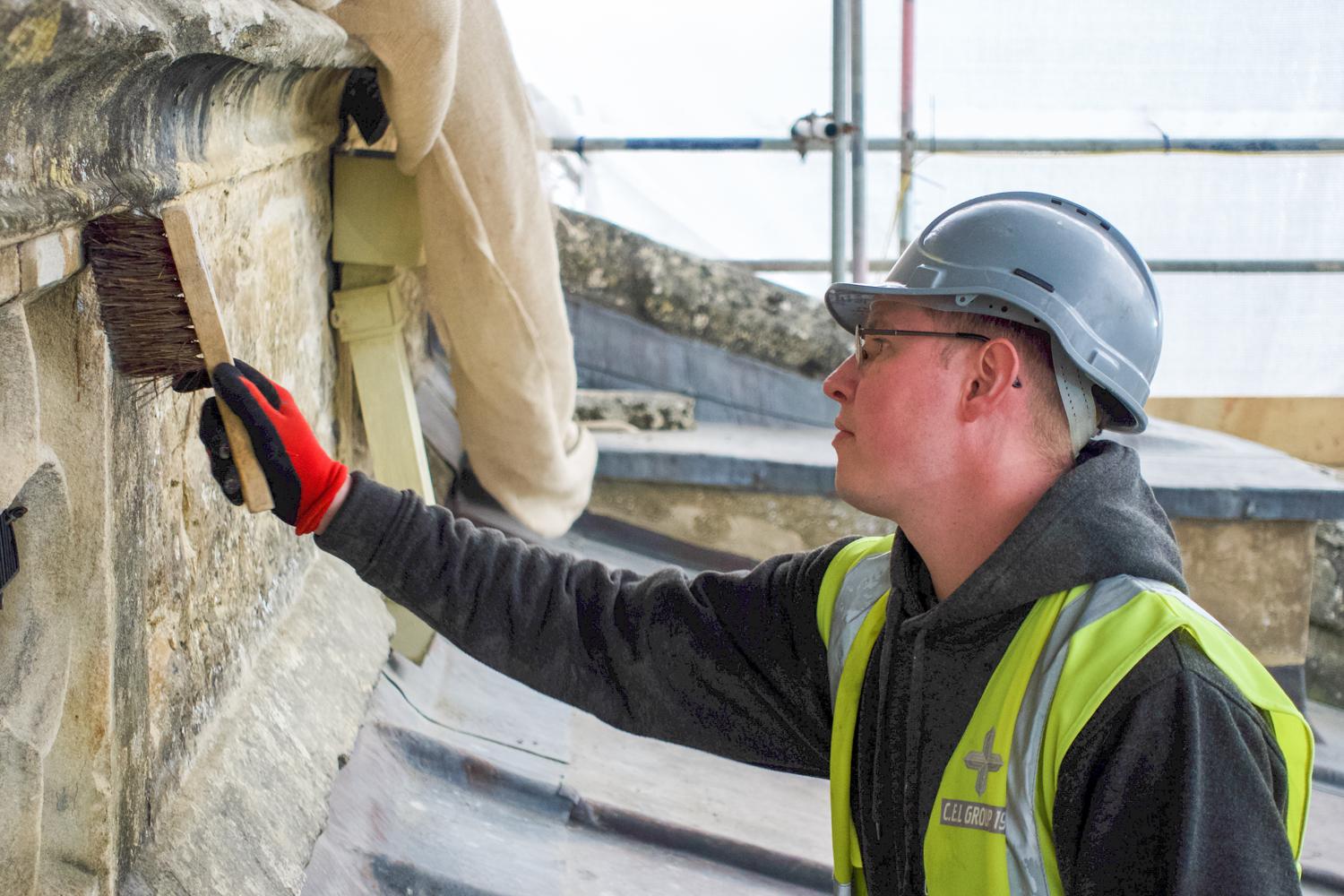Step One: developing your vision
Getting the first steps right.

There are three main reasons why your church, chapel or meeting house may be embarking on repair or community facilities building project.
Most churches will have to face the need for essential and sometimes major repairs to help maintain the church and ensures it can continue to serve the needs of the congregation and community.
Repairs will ensure the continuing use of the building, will preserve the historic fabric, and will ensure the building is in a better condition to support its wider use. A repair project will need an architect to provide the relevant technical and professional support. But you will still have to develop and manage the project, for instance seeking permissions and, of course, fundraising.
You may also decide that you want to enhance your building by improving the facilities, or to reorder the space to allow you to do more and therefore enable the building to be used more widely. Churches, chapels and meeting houses are often at the centre of communities and are increasingly being used as multipurpose community buildings. They can and do offer spaces for the local community to come together for activities and events, as well as remaining open for visitors. Adding in a servery or kitchen space, as well as accessible toilets, can make the building much more attractive for community groups to use and can help you earn a sustainable income by renting out the space too.
Change may be driven by liturgical reasons. You may wish to reorder your building to reflect new ways of worshipping. In recent years, there has been a move in some churches to bring the priest and congregation closer together. This can mean installing a nave altar or introducing movable seating to enable services in the round or relocating the font so that there is more space for families to be involved.
Below you will find five key steps that will help you develop and manage your church project. There is also a section with a range of useful online resources. Look out for the key advice through links to the very useful 'Crossing the Threshold ' toolkit.
While no two projects will ever be exactly the same, the toolkit explains the basic processes, makes you aware of the many issues involved and offers useful tips for each stage of a project.
Getting the first steps right.
Planning is key to success.
How to budget, fundraise and apply for grants.
How to ensure that your project runs smoothly.
Celebrate, measure impact and evaluate.
Websites to help you with your church building project.
Throughout the year, we run free online training sessions with our in-house team of experts and others in the heritage and conservation sector. Our training sessions are all designed to help you keep your church, chapel or meeting house open and in good repair. We cover topics ranging from fundraising to maintenance, how to apply for our grants, welcoming visitors and archaeology.